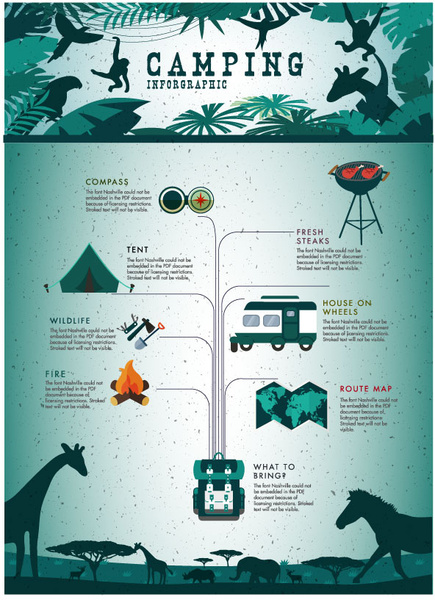While both offer strengths in different environments, it's important to establish which sort of insulation will certainly finest serve your needs. The insulation you pick effects warmth, weight, water resistance, compressibility and price.
Down is harvested from waterfowl, commonly ducks or geese. It is valued for its agility, simple compression and shielding homes. However, down ends up being much less efficient when damp.
Warmth-to-Weight
A high warmth-to-weight ratio is wanted in outdoor garments and gear. The protecting properties of down feathers make them an excellent option for this function, as they are exceptionally warm and light-weight.
Nonetheless, down loses its shielding abilities when it gets wet, suggesting it needs to be paired with a water-proof shell. Furthermore, some individuals are allergic to down, making synthetic coats a better choice for them.
Artificial insulations are typically made from recycled polyester and developed to simulate down's insulating homes. They are not as light-weight as down, but they do not lose their protecting capacities when they get wet and dry faster than down. They are additionally more cost effective than down. Nonetheless, their lifespan is shorter than down, leading to greater upkeep and replacement costs.
Water Resistance
The insulation you select for your job coat will certainly make a big difference in exactly how comfy you really feel outdoors. Nonetheless, the type of insulation you select likewise has substantial effects for your sustainability objectives.
Down is an excellent insulator for a number of reasons. It's light-weight, compressible, and uses an excellent warmth-to-weight proportion. However, it doesn't fare well when it gets wet. Down clumps up and loses its loft when damp, which can substantially lower its ability to trap warmth.
Synthetic insulation materials, such as Thinsulate and Primaloft, hold up much better against wet conditions. They usually have a limited weave or chemical finish that maintains water from penetrating the textile. This permits the insulation to continue to be breathable, even if damp. It deserves keeping in mind that synthetics can additionally be awkward when damp, yet they retain their insulating properties.
Compressibility
While goose down does have an exceptional warmth-to-weight ratio, synthetic insulation performs similarly. However, unlike down which absorbs and loses its insulating capacities when damp, artificial insulation does not. Therefore, it can maintain its loft space and catch warm air in wet conditions.
Generally manufactured from polyester sheets or collections that resemble down, one of the most usual artificial insulation brands include PrimaLoft, FullRange, Thermoball and Patagonia's PlumaFill. While it still can't match down's loftiness and warmth-to-weight, synthetic coats are light-weight, fast to dry and cheaper than down. This makes synthetic jackets excellent for damp atmospheres, or if you're prone to sweating heavily. Synthetic jackets are additionally much less fragile than down and can take a beating. This resilience encompasses their face fabrics which are generally thicker and extra long lasting than down.
Sturdiness
A major consideration in sustainability waterproofing is a product's long life and sturdiness. Natural materials like cork, ThermaCork increased cork and Havelock wool last longer than synthetic alternatives like fiberglass and vinyl. They also call for much less maintenance and can withstand harsh ecological problems.
However, natural insulation does not do also when wet as artificial choices. Woollen and fleece clump together when damp, jeopardizing their ability to catch heat. Synthetic insulation, on the other hand, does not absorb dampness and continues to insulate also when soaked.
This makes synthetic insulation perfect for wet environments and laborious activities where you might sweat greatly. It's also easier to clean and dries faster than down. This included toughness and reliability make artificial insulation a general winner in this group. This equates to resilient shielded work boots that last long and maintain you heat via requiring environments.
Sustainability
All-natural materials supply biodegradability and a smaller ecological impact, while synthetic choices boast toughness and innovative applications that sustain energy performance. Nevertheless, it's important to recognize the true ecological impact of these insulation products from cradle-to-grave.
For instance, if an all-natural insulation material needs to travel a cross country from its source to the structure website, transportation-related emissions increase its general carbon footprint. Selecting locally sourced and recycled items minimizes that effect. And, opting for GREENGUARD and Cradle to Cradle qualifications makes sure that insulation is without unstable organic substances (VOCs) and sustains accountable sourcing and labor conditions.
Sheep's woollen and cork are eco-friendly insulation sources that are collected without harming the tree or plant. Both have actually the included advantage of being normally immune to mold, pests and dampness.
